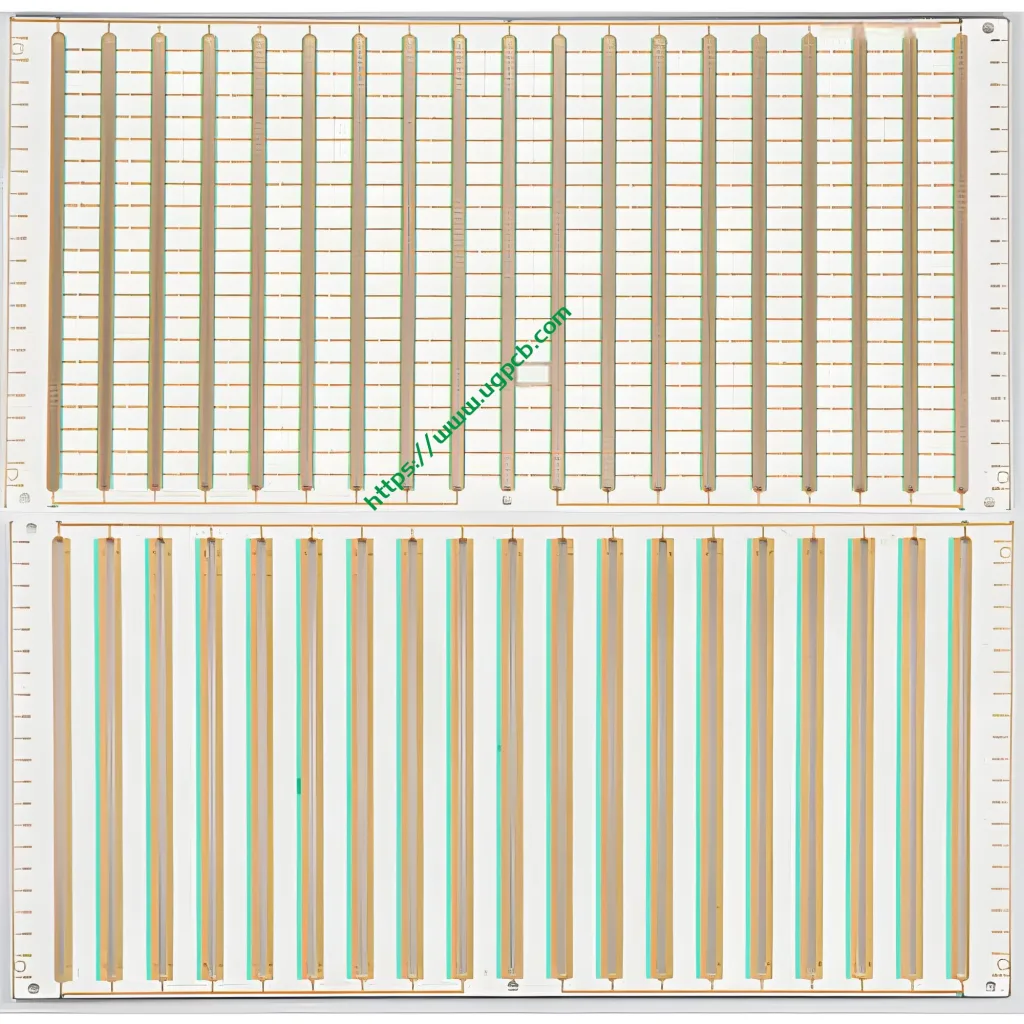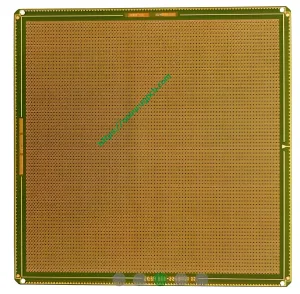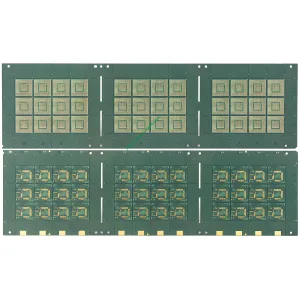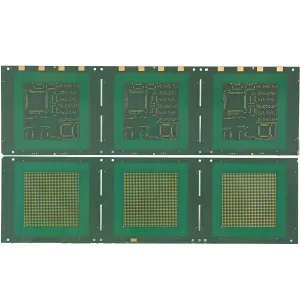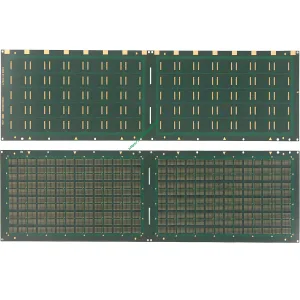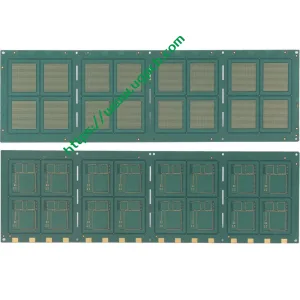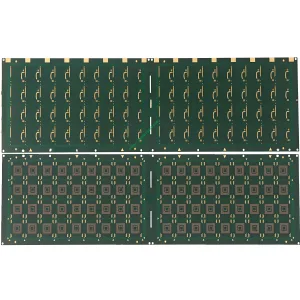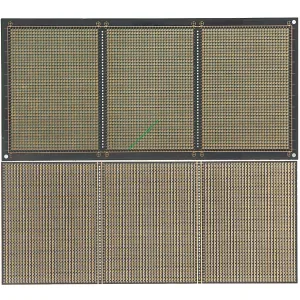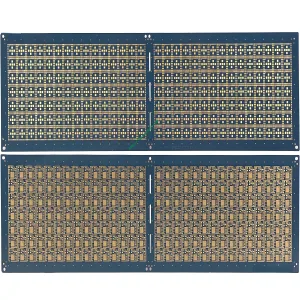Подложка для производства полупроводниковых компонентов и печатных плат
Материал субстрата, используемый в Substrate PCB, является основным материалом для производства полупроводниковых компонентов и печатных плат, такие как кремний, Арсенид галлия, и кремниевый эпитаксиальный гранат, используемый в полупроводниковой промышленности. Он изготовлен из глинозем с высокой чистотой в качестве основного сырья, который образуется при формовании высокого давления, Высокотемпературная стрельба, а затем разрезан и отполирован. Керамический субстрат является основным материалом для производства толстой пленки и тонких пленок. Медный ламинат (называется одетым ламинатом) Является ли субстратный материал, используемый для производства печатных плат. В дополнение к поддержке различных компонентов, он также может достичь электрического соединения или электрической изоляции между ними.
Роль упаковочного субстрата в электронной упаковке
Упаковка подложка является важной частью электронной упаковки и моста между чипом и внешней цепью. Подложка играет следующие роли в пакете:
- Осознайте передачу тока и сигнала между чипом и внешним миром.
- Механическая защита и поддержка чипа.
- Это главный способ для чипа рассеять тепло во внешний мир.
- Пространственный переход между чипом и внешней цепью.
С материальной точки зрения, Обычно используемые упаковочные субстраты включают металлические субстраты, керамические субстраты, и органические субстраты.
Металлический субстрат: Свойства и приложения
Металлический субстрат относится к ламинату с медной на основе металла из металлического листа, изолирующий диэлектрический слой, и композит медной фольги. Металлические субстраты широко используются в электронных компонентах и материалах для опорных цепи и радиаторах из -за их превосходных характеристик рассеяния тепла, Производительность механической обработки, Электромагнитное экранирование, производительность устойчивости размерной стабильности, магнитная производительность, и универсальность. Электронные устройства питания (такие как выпрямительные трубки, Тиристоры, силовые модули, лазерные диоды, Микроволновые трубки, и т. д.) и микроэлектронные устройства (такие как компьютерные процессоры, Чипсы DSP) Играйте важную роль в области микроволновой связи, автоматический контроль, преобразование власти, и аэрокосмическая.
Традиционные и текущие металлические электронные упаковочные материалы
Традиционные металлические электронные упаковочные материалы включают Invar, Журнал, Вт, МО, Ал, Кузок, и т. д.. Эти материалы могут частично соответствовать вышеупомянутым требованиям, но все еще есть много недостатков. Инвар-сплав с железным кобальтом-никелем, и Ковар-сплав с железным никелем. У них хорошие обработки, Низкий коэффициент термического расширения, Но плохая теплопроводность; MO и W имеют низкие коэффициенты термического расширения, и теплопроводность намного выше, чем инвар и ковар, и сила и твердость очень высока, Таким образом, MO и W широко использовались в индустрии Power Semiconductor.
Однако, Мо и W дороги, трудно обработать, бедные в припатии, высокая плотность, и иметь гораздо более низкую теплопроводность, чем чистый Cu, который ограничивает их дальнейшие приложения. Cu и Al имеют хорошую тепловую и электрическую проводимость, Но коэффициент термического расширения слишком велик, который подвержен тепловому напряжению. Текущий металлический субстрат относится к ламинату с медной стойкой на основе металла, сделанным из металлического листа, изолирующий диэлектрический слой, и медь (или алюминий) Фольга Композит.
Факторы, которые следует учитывать при выборе материала субстрата для компонентной субстратной печатной платы
Выбор материала субстрата для компонентной субстратной печатной платы должен сначала рассмотреть электрические характеристики материала субстрата, то есть, Сопротивление изоляции, дуговое сопротивление, и прочность на разбивку подложки; во-вторых, Рассмотрим его механические характеристики, то есть, Прочность на сдвиг и твердость печатной платы. Кроме того, Должны быть рассмотрены расходы на производство цены и печатной платы.
 ЛОГОТИП УГКПБ
ЛОГОТИП УГКПБ

